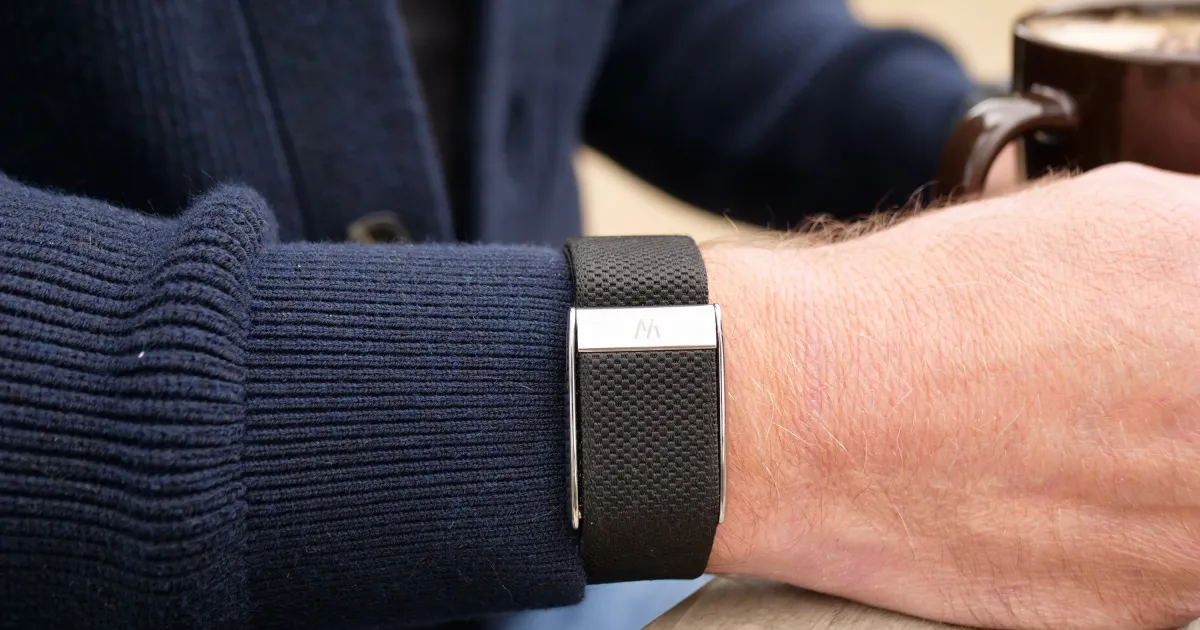Whoop Pushes Back Against FDA Warning Over Blood Pressure Feature
Whoop Pushes Back Against FDA Warning Over Blood Pressure Feature
By
Rachel Steinberg
Last updated:
July 16, 2025
First Published:
July 16, 2025

Photo: Digital Trends
Whoop Challenges FDA Over Blood Pressure Tool, Sparking Debate on Medical Oversight in Wearable Tech
Wearable fitness company Whoop is clashing with the U.S. Food and Drug Administration (FDA) over its recently launched Blood Pressure Insights (BPI) feature, which the agency claims may cross the line from wellness tracking into unauthorized medical device territory.
On Tuesday, the FDA issued a warning letter to Whoop, arguing that its new feature, which provides estimated systolic and diastolic blood pressure ranges to users, is being marketed without the necessary regulatory clearance. The agency’s concern: that the tool is intended to diagnose or treat disease, and therefore must be regulated under existing medical device standards.
FDA’s Concerns: Safety and Misclassification
In its public statement, the FDA emphasized that blood pressure estimation is not a low-risk feature. A misreading, the agency noted, could lead users to make misinformed health decisions, especially with hypertension being the leading cause of cardiovascular disease globally.
“An erroneously low or high blood pressure reading can have significant consequences,” the FDA warned.
The agency made clear that even disclaimers and usage limitations provided by Whoop do not absolve the company of regulatory responsibility. The FDA added that Whoop could face enforcement actions, including seizure, injunctions, and civil penalties, unless it responds with a plan to correct the violations within 15 business days.
Whoop’s Response: "Overreach" and Misinterpretation
In response, Whoop strongly disputed the FDA’s claims, arguing that the BPI feature is meant solely for wellness and athletic performance purposes. According to the company:
- The feature requires users to log three traditional cuff-based readings as a baseline.
- It provides only one estimated daily blood pressure range, not continuous or on-demand readings.
- It does not diagnose or treat any condition.
A Whoop spokesperson stated,
“We believe the agency is overstepping its authority by attempting to regulate a non-medical wellness feature as a medical device.”
They further argued that metrics like heart rate variability (HRV) and respiratory rate—which also have clinical relevance—are permitted in wellness applications, and blood pressure should be no different.
Industry Context: Pressure Mounts as Tech and Health Overlap
Whoop is not alone in the push to incorporate more medical-style features into consumer devices. Companies like Omron and Garmin have introduced FDA-cleared blood pressure monitors. Samsung has rolled out blood pressure tools internationally but has not received U.S. approval. Meanwhile, Apple has hinted at blood pressure capabilities for years, but only recently received FDA approval for sleep apnea detection.
Wearables are increasingly being seen as hybrid devices that straddle fitness and healthcare. But with that comes scrutiny.
“These devices are not yet proven to be accurate,” said Dr. Ian Kronish, co-director of Columbia University’s Hypertension Center, in an interview with CNBC. “If patients don’t get accurate blood pressure readings, they can’t make informed decisions.”
Still, Kronish noted that devices like Whoop offer a “big opportunity” to empower consumers and make health monitoring more accessible, as long as accuracy, safety, and proper guidance are part of the equation.
Balancing Innovation With Oversight
Whoop has previously received FDA clearance for its ECG (electrocardiogram) feature, which can help detect irregular heart rhythms. The company believes it has demonstrated a track record of regulatory compliance, and that the current dispute reflects an outdated view of what constitutes a medical feature.
“It appears the FDA’s concerns stem from outdated assumptions about blood pressure being exclusively clinical,” said a company spokesperson.
Still, the FDA remains firm that BPI's design, purpose, and data delivery fall under the umbrella of medical diagnosis, regardless of how it's marketed.
What Comes Next?
The FDA has asked Whoop to respond within 15 business days with a plan detailing how the company will address the violations and prevent recurrence.
As wearables continue to blur the line between consumer wellness and clinical health, the tension between innovation and regulation will only intensify. For companies like Whoop, the question is no longer just about what’s possible, but what’s permissible.
Popular articles
Subscribe to unlock premium content
Is Japan on the Brink of a Megaquake Disaster? Understanding the Growing Earthquake Threat

Why Countries Devalue Their Own Currency — And What It Means for the Global Economy

Iran’s Untapped Power: How a Resource-Rich Nation Fell Short of Greatness

Is Japan on the Brink of a Megaquake Disaster? Understanding the Growing Earthquake Threat

Why Countries Devalue Their Own Currency — And What It Means for the Global Economy

Is Japan on the Brink of a Megaquake Disaster? Understanding the Growing Earthquake Threat









